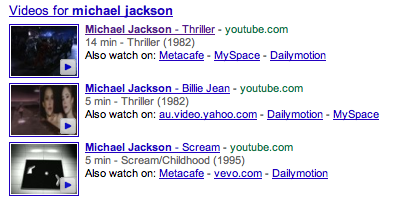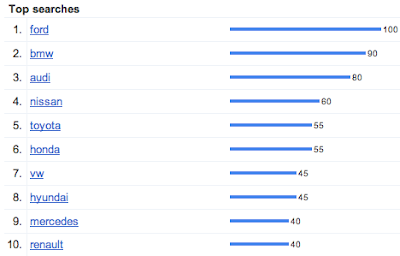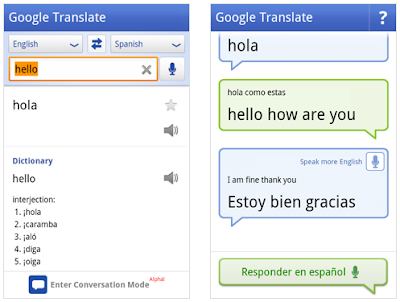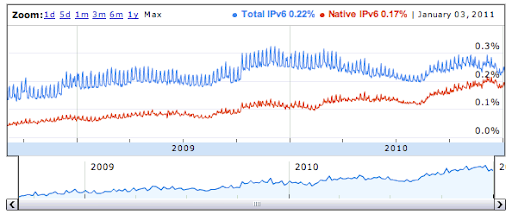Since our last update, we’ve featured new music programs, brought you closer to what’s going on in government and highlighted some of the best ads of 2010.
Music videos now on YouTube app for Android
We’ve welcomed VEVO’s extensive library of official music videos from artists like Lady Gaga, Rihanna, Kanye West and U2 onto the YouTube 2.0 app for Android, available for mobile phones running Android 2.2 (Froyo). Enjoy!
Broken Social Scene goes live on YouTube
Earlier this week, Canada’s indie rock collective Broken Social Scene kicked off their Winter 2011 tour with a live performance at NYC’s Terminal 5. You can still catch the show on http://www.youtube.com/bowerypresents.
Your window into the 112th U.S. Congress
John Boehner, the new Speaker of the United States House, and House Oversight Committee Chairman Darrell Issa are making the activities of the House of Representatives more accessible to U.S. citizens via YouTube. Starting in this 112th Congress, all committee hearings of the House Oversight committee will be available on YouTube, on a new channel called HouseResourceOrg. This was made possible via a Google Project 10^100 grant made to Carl Malamud at PublicResource.org, who will be working with the House to access and upload all of the hearings that the Oversight Committee holds.
Meet the YouTube Symphony Orchestra 2011
The new members of the YouTube Symphony Orchestra 2011 have been selected: 101 people from more than 30 countries around the world are heading to Sydney Opera House to rehearse together for the first time under the conductorship of Michael Tilson Thomas. Come meet the winners and stay tuned for the final performance on Sunday, March 20, which will be streamed live to the world on YouTube.
A sneak peek at “Life in a Day”
In anticipation of the world premiere of “Life in a Day,” at the 2011 Sundance Film Festival next week, we’re releasing a series of clips between now and then. Life in a Day is a documentary film directed by Oscar-winner Kevin Macdonald, produced by Ridley Scott, and filmed on July 24, 2010 by thousands of YouTube users around the world. Watch the first teaser below.
Looking back at the best YouTube ads of 2010
2010 was a breakout year for online video advertising. Earning people’s attention has become ever more challenging—but that’s only making advertising more fun. Old Spice’s “The Man Your Man Could Smell Like” was ranked number one among YouTube ads in an informal poll of the YouTube advertising team and reporters in the industry. Find out what other ads topped last year’s list.
Until next time, visit the YouTube Blog for news and updates.








































.jpg)


